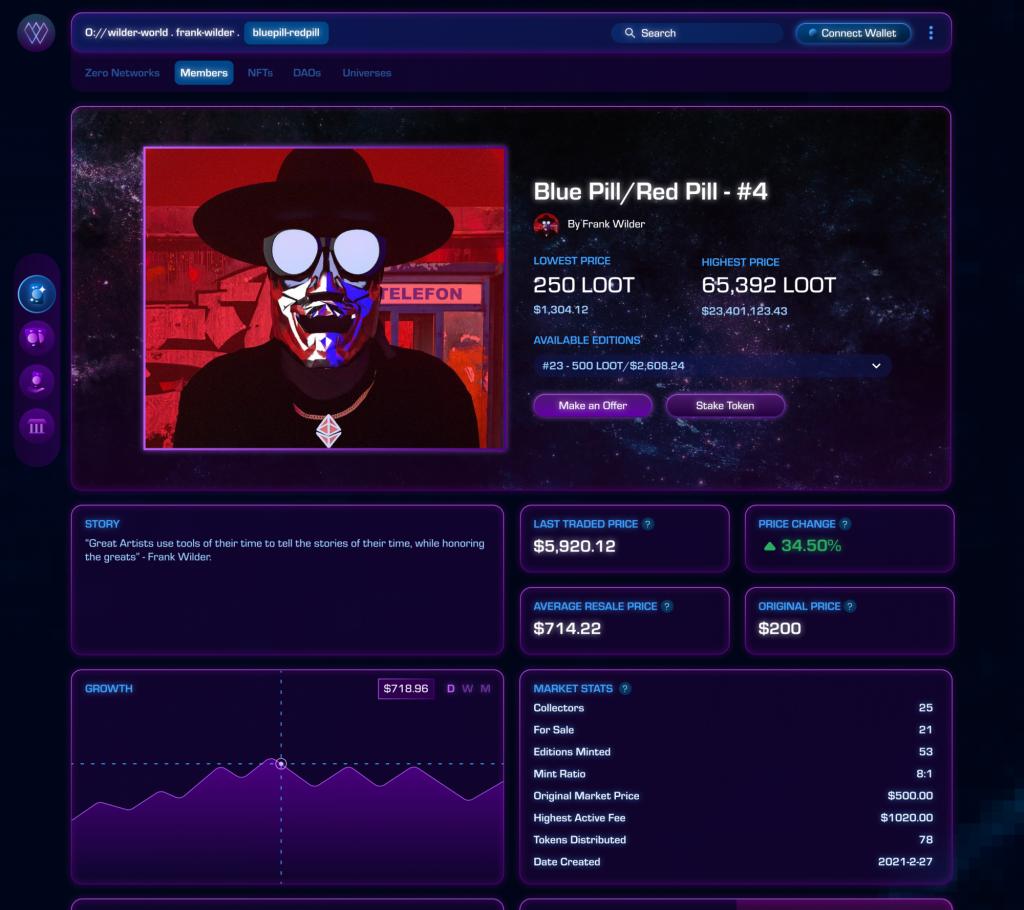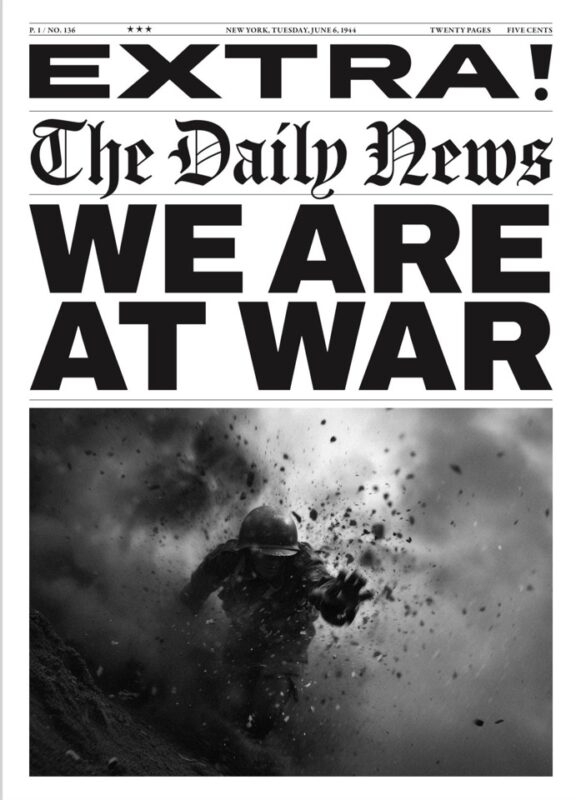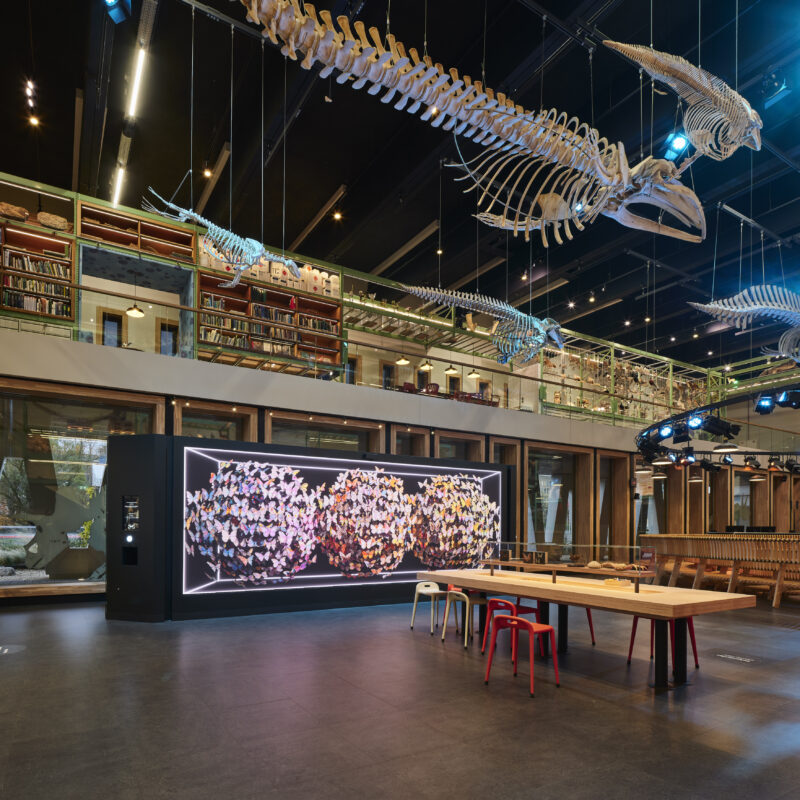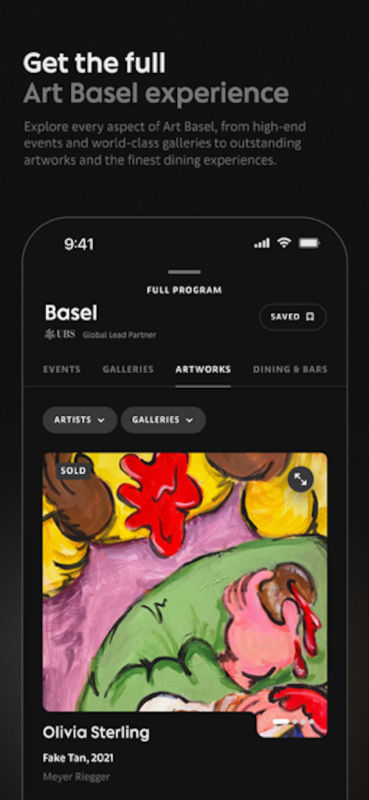
Artificial intelligence, sometimes known as AI, is a fast expanding area of computer science and technology that is reshaping virtually every global sector. The capacity of a machine to mimic intelligent human behavior is known as artificial intelligence (AI). The role of AI in shaping how the world functions and its influence on art, culture, and education are all rising swiftly. The influence of AI on the fields of art, culture, and education will be examined in this article, along with some of the advantages and difficulties associated with its use.
Effects on Art
AI for Art Production
A number of techniques are being tried to create and improve art using AI. Based on algorithms and data sets, AI may be utilized to create wholly original pieces of art. By including components that the already-existing artists could not have produced independently, it may also be used to improve their work.
AI’s Potential for Art Generation: Advantages and Challenges
The use of AI to the creation of art has a variety of potential advantages, including improved productivity, enhanced creativity, and less human bias. However, there are possible drawbacks to the employment of AI in the creation of art as well, including the possibility of unexpected repercussions, the loss of human connection, and ambiguous copyright restrictions.
Cultural Influence
The Impact of AI on Cultural Norms
AI’s Influence on Cultural Norms has been far-reaching and ever-increasing. Artificial Intelligence is increasingly being utilized to represent and preserve culture, by creating works of art that represent a particular culture, as well as generating digital archives that can store cultural heritage. AI is also being used to interpret and interpret existing pieces of cultural heritage, allowing for a better understanding and appreciation of cultures. AI can also be used to create virtual environments and simulations, allowing people to experience different cultures in a way that is more immersive and accurate than ever before. Furthermore, AI can be used to identify patterns in cultural artifacts and interpret their meaning and significance in a more efficient and accurate way. In this way, AI is aiding in the preservation and promotion of cultural diversity, making the world a richer and more vibrant place.
The Potential Benefits and Difficulties of AI’s Influence on Cultural Norms
There are a variety of potential advantages to using AI to depict and preserve culture, including better accessibility to cultural content, more understanding of cultural diversity, and higher preservation of cultural history. However, there may be drawbacks to this application of AI, including the possibility of unexpected consequences on cultural norms, the risk of cultural appropriation, and the loss of human connection.
The Effect on Education
AI’s Role in Educational Technologies
AI is being utilized in education more and more to automate and improve the learning process. AI may be utilized to develop virtual tutors that can offer individualized instruction to students, such as chatbots and AI-powered virtual assistants. AI may also be utilized to develop automated grading systems, which can hasten the assessment of student work and offer more precise and impartial comments. Adaptive learning systems, which may modify educational content to a student’s specific requirements, are only one example of how AI can be used to provide individualized learning experiences for students. AI may also be used to make education more accessible, for example, by automatically translating instructional content into many languages. Finally, AI can be used to improve the efficiency of education, such as through the use of automated analysis of educational data to identify areas for improvement.
Benefits and Potential Challenges of AI in Education
The use of AI in education has a number of potential benefits, such as improved efficiency, increased accessibility to education, and increased personalization. However, there are also potential challenges associated with the use of AI in education, such as the potential for unintended consequences, the loss of human connection, and unclear ethics around AI in education. Humata AI, for example, is an AI-powered academic assistance service that can be used to help students with their coursework and reduce the workload of teachers. According to a review from A*help’s editor and reviewer Nayeli Ellen, Humata AI has potential to be a great help for students who want to get extra help with their academic writing. Additionally, AI can be used to create virtual tutors and automated grading systems, as well as to create personalized learning experiences for students. This helps to improve the overall quality of the learning experience, as students can receive more individualized feedback and help. However, there are also potential challenges associated with the use of AI in education, such as the potential for unintended effects on cultural norms, the potential for cultural appropriation, and the loss of human connection. Therefore, as AI continues to become more prevalent in education, it is essential that policymakers and researchers create regulations that ensure that AI is used responsibly and ethically.
Conclusion
The way people engage with the world may be completely altered by the application of AI in art, culture, and education. The potential benefits of AI in various fields are enormous, ranging from greater education accessibility to higher productivity. However, there may be additional difficulties with the use of AI in certain fields, such as the possibility of unexpected repercussions and the deterioration of interpersonal relationships. In order to guarantee that AI is utilized responsibly, it is crucial for academics and decision-makers to keep investigating how AI affects art, culture, and education.







